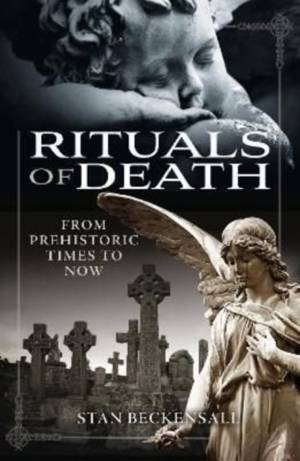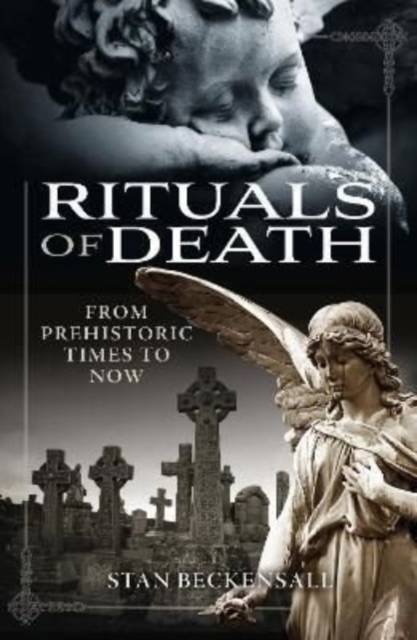
- Afhalen na 1 uur in een winkel met voorraad
- Gratis thuislevering in België vanaf € 30
- Ruim aanbod met 7 miljoen producten
- Afhalen na 1 uur in een winkel met voorraad
- Gratis thuislevering in België vanaf € 30
- Ruim aanbod met 7 miljoen producten
Zoeken
€ 27,95
+ 55 punten
Omschrijving
We all must die, and how society deals with the disposal is fascinating in the way it reflects the beliefs of the people of the time and ways in which they honor or do not honor the dead. Having excavated prehistoric burials, the author weighs carefully the evidence of what people might have thought of the dead through the way they buried them and what was put into the graves. These excavations were done mainly with the help of young people, and the way that this has been organized in order to get the maximum information has been an essential part of the task. The author provides much detail of this that makes it more interesting and personal.
Burial customs change, so the book includes a section on events such as the Black Death and cholera to show how such catastrophes change people's minds and customs.
The present problem of burial has been highlighted as it was then by the horror of an invisible disease, the effects of which we have to cope with. In the past the causes of the disease, when discovered, led to Public health inquiries into the causes, and to improvements in some burial grounds. The traditional burial in "God's little Acre' around a church provides with much information about people through their headstones and other monuments - something accessible to all who visit our churches today, and examples from Northumberland give a typical range of what we find there.
Burial customs change, so the book includes a section on events such as the Black Death and cholera to show how such catastrophes change people's minds and customs.
The present problem of burial has been highlighted as it was then by the horror of an invisible disease, the effects of which we have to cope with. In the past the causes of the disease, when discovered, led to Public health inquiries into the causes, and to improvements in some burial grounds. The traditional burial in "God's little Acre' around a church provides with much information about people through their headstones and other monuments - something accessible to all who visit our churches today, and examples from Northumberland give a typical range of what we find there.
Specificaties
Betrokkenen
- Auteur(s):
- Uitgeverij:
Inhoud
- Aantal bladzijden:
- 176
- Taal:
- Engels
Eigenschappen
- Productcode (EAN):
- 9781399098373
- Verschijningsdatum:
- 22/02/2023
- Uitvoering:
- Hardcover
- Formaat:
- Genaaid
- Afmetingen:
- 163 mm x 236 mm
- Gewicht:
- 589 g

Alleen bij Standaard Boekhandel
+ 55 punten op je klantenkaart van Standaard Boekhandel
Beoordelingen
We publiceren alleen reviews die voldoen aan de voorwaarden voor reviews. Bekijk onze voorwaarden voor reviews.











